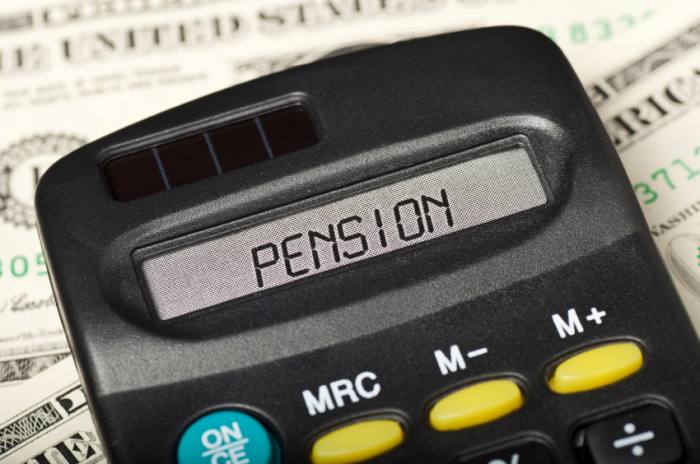
Before pension freedoms, income drawdown was seen as a relatively niche option only really enjoyed by high net worth clients.
The majority of people purchased an annuity at retirement.
However, this changed with the advent of Freedom and Choice and now income drawdown has become the retirement income path of choice for those looking to take advantage of these new flexibilities.
The huge expansion of the income drawdown market has implications for advisers and it is safe to say there is no such thing as a typical drawdown customer.
Taking income
Data from our drawdown governance service (DGS) demonstrates this by showing customers are taking full advantage of pension freedoms to take their income in a variety of ways.
We launched the DGS three years ago as a tool for advisers to assess their clients’ income sustainability.
There are currently more than 26,000 customers using the service.
Every quarter, the DGS calculates a new income sustainability score for clients based on changes to the amount of income being taken, the investment option used and what is happening in the investment markets.
This helps advisers review whether clients remain on track to meet their income goals, and can form a basis for conversations with the client if changes need to be made.
As each client has different objectives and requirements there is no such thing as the “right” sustainability score.
It will depend on a number of factors such as how important maintaining a certain income level is for the client.
As a broad rule of thumb we would view any score above 85 per cent as a good indicator of a sustainable level of income.
Two different groups
The key question is what withdrawal rate is considered sustainable.
Traditionally this has been thought of as around 4 per cent to 5 per cent a year.
However, the DGS data showed two broad groups of customers who are using income drawdown in different ways.
The first group mostly have retirement savings of less than £25,000 and take their income at a higher median rate of approximately 10 per cent.
Although a withdrawal rate of 10 per cent per year would be unsustainable through retirement, it is worth considering that this may not be the client’s only pension pot.
Indeed, many of those taking an income at this rate are likely to be planning to rely on other income later in retirement - for example, they may be running down one source of income to support them in early retirement before their State Pension and other pension income kicks in at a later stage.
The DGS data also shows the median withdrawal rate decreases steeply as the value of retirement savings increases.
Those with retirement savings of over £250,000 are taking income at a much lower median rate of 4 per cent (See table below).





